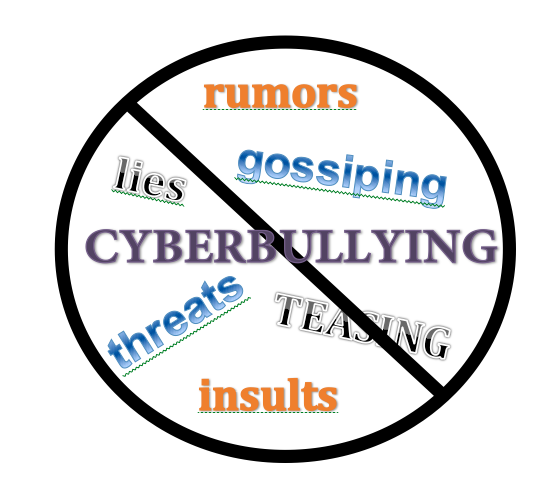For decades, instances of sexual harassment have been brushed under the rug and business have only reacted when it’s “really bad” or “high profile.” But a staggering 1 in 5 Americans reports being sexually harassed at work and 75% of those who report their abuser experienced retaliation for speaking up.
Thanks to social media and the #MeToo movement, as well as the general movement to become better human beings, sexual harassment is no longer being tolerated.
So what can business owners and human resources managers do to make work a better place?
- The first step is for business owners to educate themselves about sexual harassment, including the basics of harassment, discrimination, retaliation and workplace bullying. All managers should know their responsibilities and liability, as well as their duty to prevent harassment and abuse. It’s up to owners to lead the way in the workplace’s professional and respectful behavior. You should know how to receive and respond to a complaint and be familiar with confidentiality guidelines and the rights of all people involved.
- Business owners must implement workplace strategies to prevent occurrences of harassment. Establish boundaries and policies regarding harassment and make sure all new and existing employees are trained in those areas and are taught how to file a complaint.
- Business owners must enforce the company’s policies and practices. Offenders must be disciplined according to the severity of their behavior. Penalties could include one-on-one sensitivity training, suspension with or without pay, or possible termination. When policies and procedures are enforced, it demonstrates a no tolerance stance to employees and will further discourage workplace harassment.
- Don’t ignore your employees when they say they’re being harassed. It can be isolating, humiliating, and stressful for an employee to come forward about an abuser, particularly if that person has corporate power over them or is well-liked by peers.
- Last, look for indicators of abusive behavior before hiring. You’re probably asking yourself how can you possibly spot a harasser before hiring them? Check social media! This is a far better method than standard or criminal background checks used widely in business today. Social media screening can identify potential harassers by flagging material that willingly and publicly disparages women or minorities online, or that blatantly promotes sex or violence.
- Sexual harassment is a complex issue and as difficult as it may be, the effort to prevent workplace harassment matters. Aside from the distress caused by workplace harassment, discrimination and retaliation, the behavior is illegal. Anyone that commits these acts is a tremendous liability. Addressing harassment proactively instead of reactively avoids personal, business and legal problems.
It’s also important to provide resources for anyone experiencing abuse, and make sure your HR team knows what to do when harassment is reported. If an employee does not feel safe reporting the problem, they probably won’t, and this means the problem will only grow as an attacker feels trapped by silence. That spells disaster for employee morale as well as for your business’s reputation if you’re caught with a harassment scandal you did nothing to prevent.




